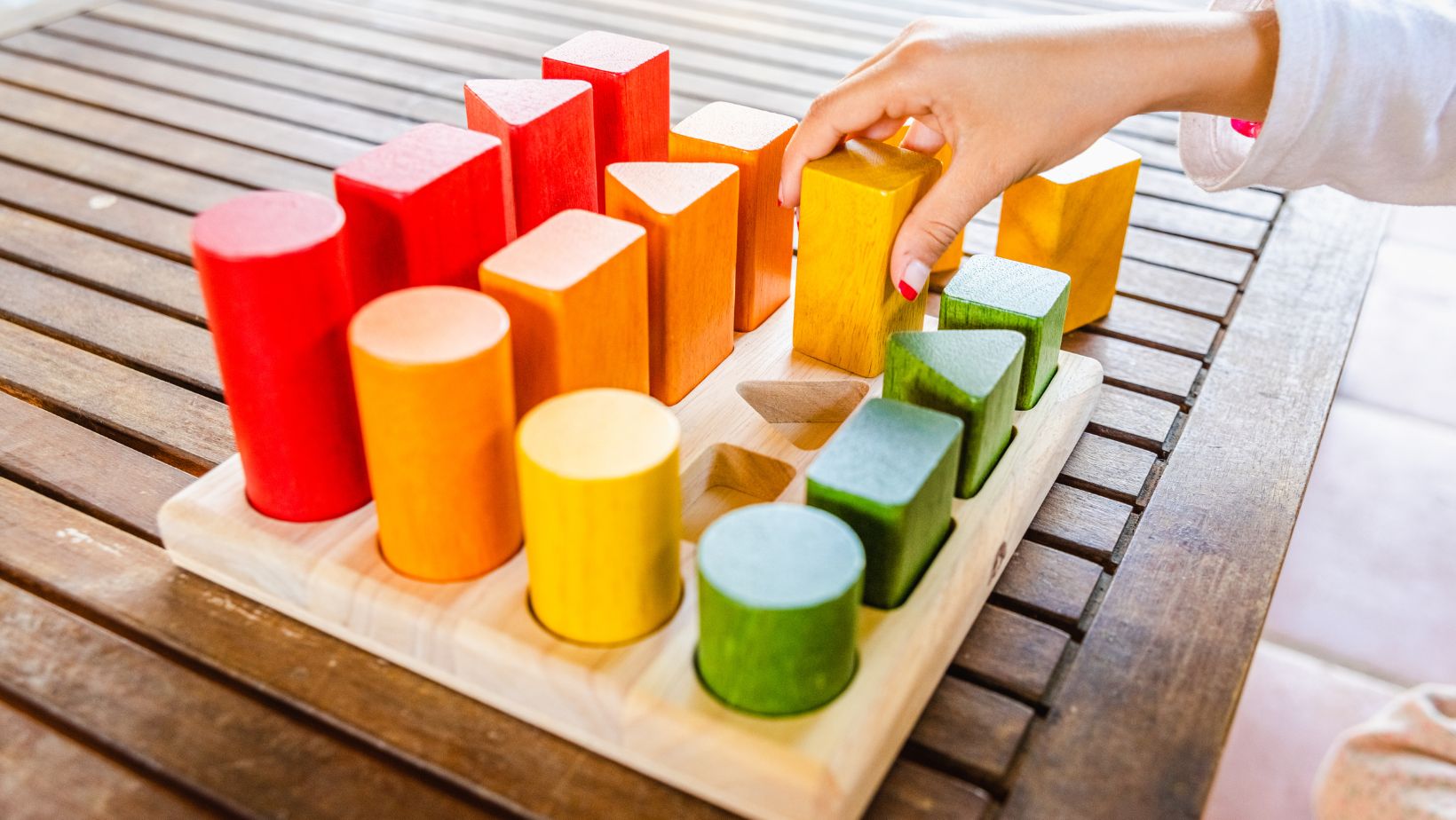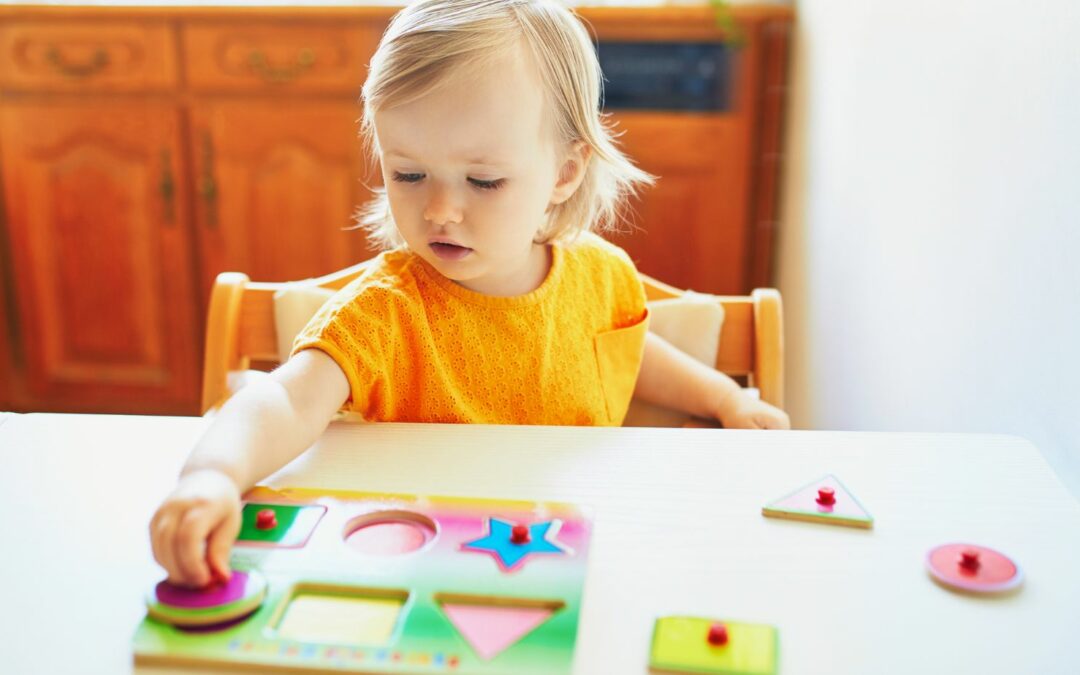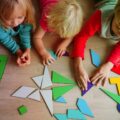Wooden Puzzles For Toddlers
Wooden puzzles for toddlers offer a fun and educational way for young children to engage their minds and develop important skills. These puzzles are specifically designed with the needs of toddlers in mind, featuring vibrant colors, simple shapes, and chunky pieces that are easy for little hands to grasp.
One of the key benefits of wooden puzzles is their ability to promote cognitive development in toddlers. As they manipulate the puzzle pieces and fit them into the correct spaces, children are honing their problem-solving skills, spatial awareness, and hand-eye coordination. This type of hands-on play also encourages patience and persistence as they work towards completing the puzzle.
Moreover, wooden puzzles for toddlers provide an excellent opportunity for learning through play. Many puzzles are themed around familiar objects or animals, allowing children to expand their vocabulary and knowledge while having fun. They can learn about different shapes, colors, numbers, letters, and even develop early literacy skills.

Choosing the Right Wooden Puzzles for Toddlers
When it comes to selecting wooden puzzles for toddlers, there are a few factors to consider. As an expert in early childhood development, I’ll guide you through the process of choosing the perfect puzzle for your little one.
- Age appropriateness: The first thing to consider is the age range recommended for the puzzle. Look for puzzles that are specifically designed for toddlers, usually between 1 and 3 years old. These puzzles typically have larger pieces that are easier for tiny hands to grasp and manipulate.
- Theme and interests: Toddlers have their own unique preferences and interests. Take into account their favorite animals, characters, or objects when choosing a puzzle. Opting for a puzzle featuring their favorite things will not only capture their attention but also motivate them to engage with it more enthusiastically.
- Complexity level: Consider your child’s current skill level when selecting a wooden puzzle. Start with simpler puzzles that have fewer pieces and gradually progress to more challenging ones as they develop their problem-solving abilities. This helps build confidence and keeps them interested in solving puzzles over time.
- Safety features: Ensure that the wooden puzzle you choose adheres to safety standards and has non-toxic materials. Look out for rounded edges, smooth surfaces, and durable construction to prevent any potential harm while playing.
- Educational value: Wooden puzzles can offer valuable learning opportunities for toddlers beyond just entertainment. Look out for puzzles that promote cognitive skills like shape recognition, hand-eye coordination, fine motor skills, spatial awareness, and problem-solving abilities.
Key Advantages of Wooden Puzzles
- Cognitive Development: Wooden puzzles help enhance cognitive skills in toddlers. By manipulating puzzle pieces and figuring out how they fit together, children develop problem-solving abilities and critical thinking skills.
- Fine Motor Skills: Manipulating small puzzle pieces helps toddlers refine their fine motor skills. As they grasp, pick up, and place the pieces into the correct slots, their hand-eye coordination and dexterity improve significantly.
- Shape Recognition: Wooden puzzles often come in different shapes and sizes, allowing toddlers to learn about basic geometric shapes such as squares, circles, triangles, and more. This early exposure to shapes lays a foundation for later mathematical concepts.
- Language Development: While playing with wooden puzzles, parents or caregivers can engage in conversation with toddlers by asking questions about colors, animals, or objects depicted on the puzzle pieces. This interaction promotes language development and vocabulary expansion.
- Concentration and Focus: Solving a wooden puzzle requires concentration and focus from a toddler’s part. The process of matching pictures or patterns demands attention to detail and helps build essential concentration skills.
Jessica has a flair for writing engaging blogs and articles. She enjoys reading and learning new things which enables her to write different topics and fields with ease. She also strives to break down complex concepts and make them easy for anybody to comprehend.





